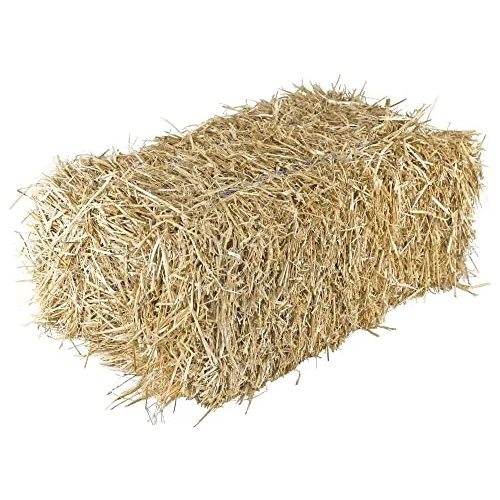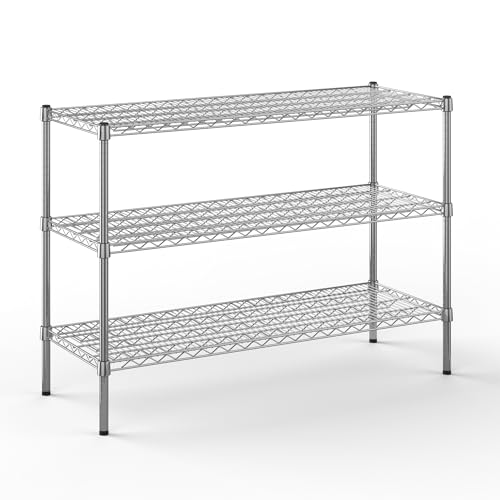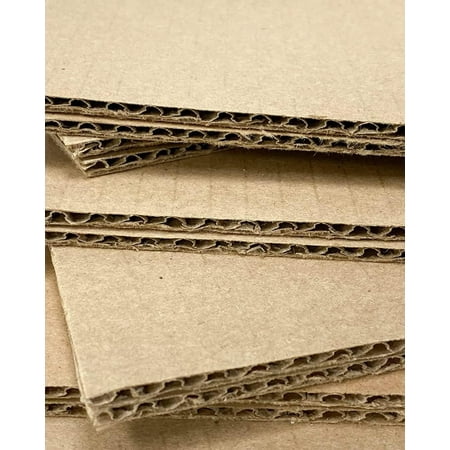How to store pumpkins – 5 important steps to ensure they keep for as long as possible
Discover how to store pumpkins for months


Growing pumpkins takes a lot of time and love, and it can be joyous to pick homegrown pumpkins after all those months of nurturing the plants. Knowing how to store them after picking means your precious pumpkins can be kept for many months.
After all that hard work growing pumpkins, you want your homegrown fruits to stay in good shape for as long as possible rather than quickly rotting. It can bring you back to earth with a nasty bump if your pumpkins deteriorate so fast that you don’t get a chance to use them in cooking, baking, or displays.
I have grown and harvested pumpkins over many years. The pumpkins I have grown have been put on public displays and stored for chefs to use over the winter months. Correctly preparing and storing them has always been important to give them the longest lifespan and avoid having to discard them.
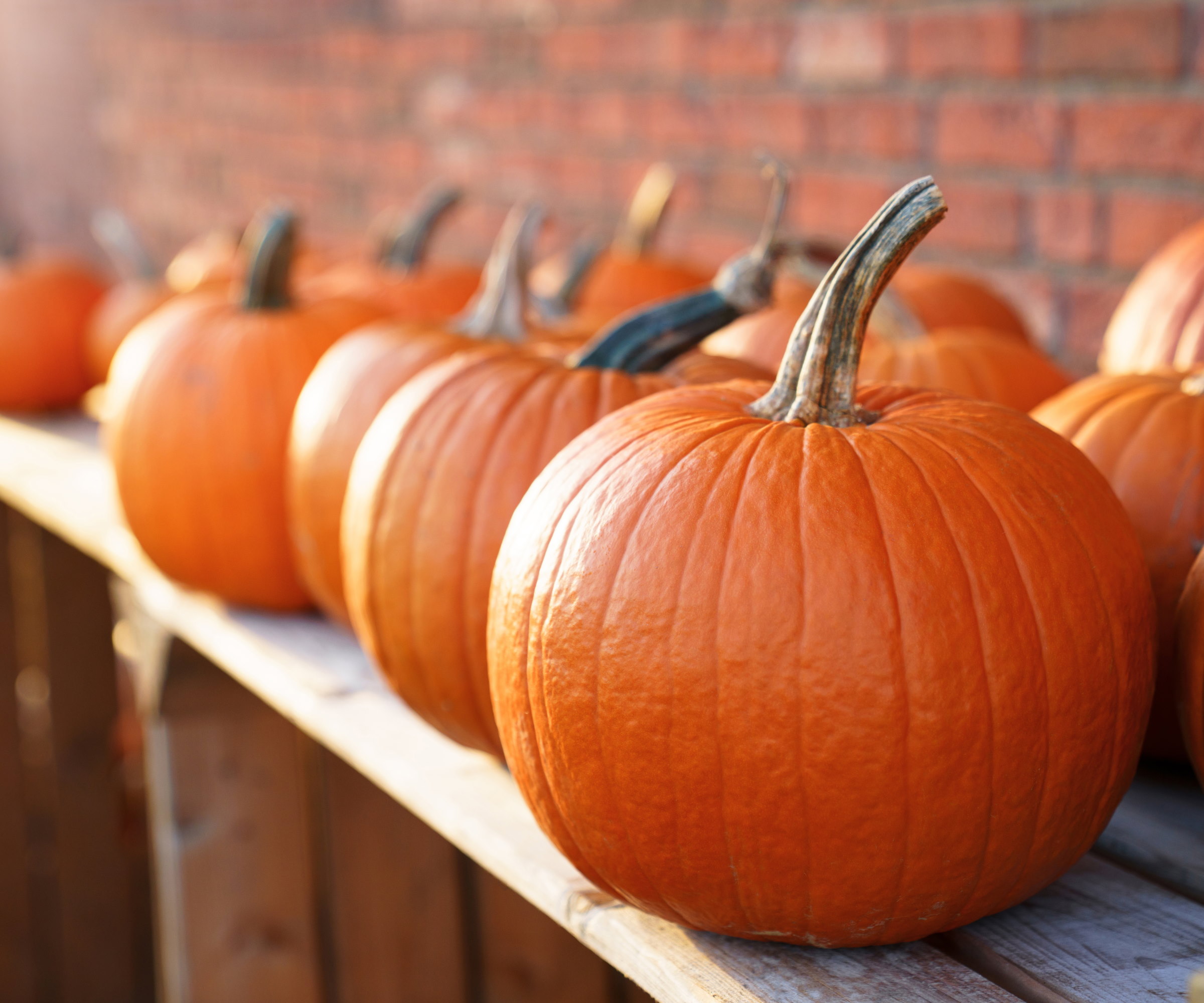
Store pumpkins for many months with our expert tips
How to store pumpkins for months in 5 simple steps
Knowing how to store pumpkins once cut from the vine means your homegrown fruits can be kept for many months. The following advice can also be followed after harvesting winter squash. As a gardener who has grown, picked, and stored the crop over many seasons, here are my top five tips for how to store pumpkins successfully.
1. Pick pumpkins at the right time
To store pumpkins for the longest time, you need to harvest them at the right time. When you pick a pumpkin off the vine, it should ideally be fully mature and free of blemishes or bruises. Immature pumpkins or those with imperfections cannot be stored for as long.
The pumpkins need to be harvested ahead of frost, as a frost can kick-start the rotting process and the pumpkin will start to diminish.
Finally, the pumpkin should be harvested with several inches of stem attached. Any damage to where the stem connects to the pumpkin can also start any decay, so it is important to keep that stem intact and handle the pumpkin with care when picking and storing as any injury will diminish its storage life.
Design expertise in your inbox – from inspiring decorating ideas and beautiful celebrity homes to practical gardening advice and shopping round-ups.
2. Cure the pumpkins before storing
Curing pumpkins is an often under-valued part of the process, but it can make a difference between a pumpkin lasting for months rather than starting to rot within weeks of being picked.
Curing hardens the skin, which protects against decay and prolongs the potential shelf life of the pumpkin. On top of that, it also sweetens the flavor. It can take 1-2 weeks to cure a pumpkin in a warm and protected place at 80-85°F temperatures, which can be outside in the vegetable garden or indoors if there are risks of colder temperatures and fall rains.
3. Store pumpkins in the right conditions
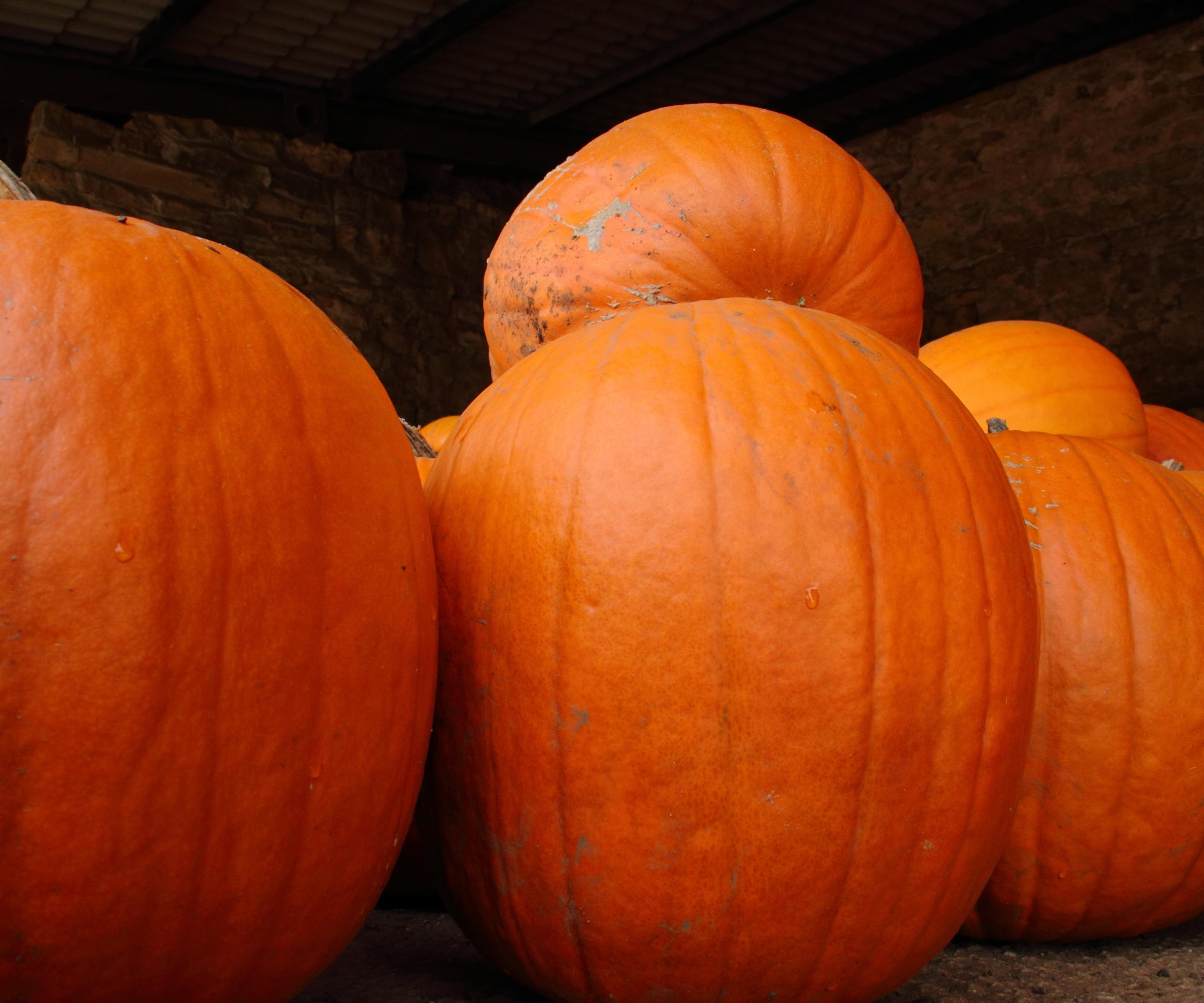
Ripe pumpkins will store for longer than immature fruits
Pumpkins can be stored for up to six months, depending on the type of pumpkin and their being stored in ideal conditions.
The pumpkins need to be in a dark and dry spot where the temperature is between 50 and 60ºF and the humidity is 50-70%. There also needs to be good ventilation for air circulation around the fruits. Ideal locations to store pumpkins include a shed or garage.
Don’t store pumpkins in a fridge, it is too cool and moist to keep the fruits for long. Beware of storing pumpkins in locations where pests might be, as they can nibble on fruits and any damage in storage will start the onset of rot.
4. Don’t store pumpkins on the floor
Always store pumpkins raised off the floor, as leaving them sitting on concrete or bare ground can lead to rot. Lifting the pumpkins off the ground prevents a build-up of moisture around their base and stops pumpkins from rotting prematurely. Using straw, newspaper, cardboard, or wooden pallets raises them off the ground to keep them dry. Even more ideal would be keeping them on racks or slatted shelves.
Lay the pumpkins out in a single layer where they don’t touch each other. Piling the pumpkins on top of each other would be a harvesting mistake that dramatically reduces their lifespan. Good spacing means the air circulates between the pumpkins, preventing moisture from developing and lessening the risk of decay and fungal issues.
5. Check stored pumpkins weekly
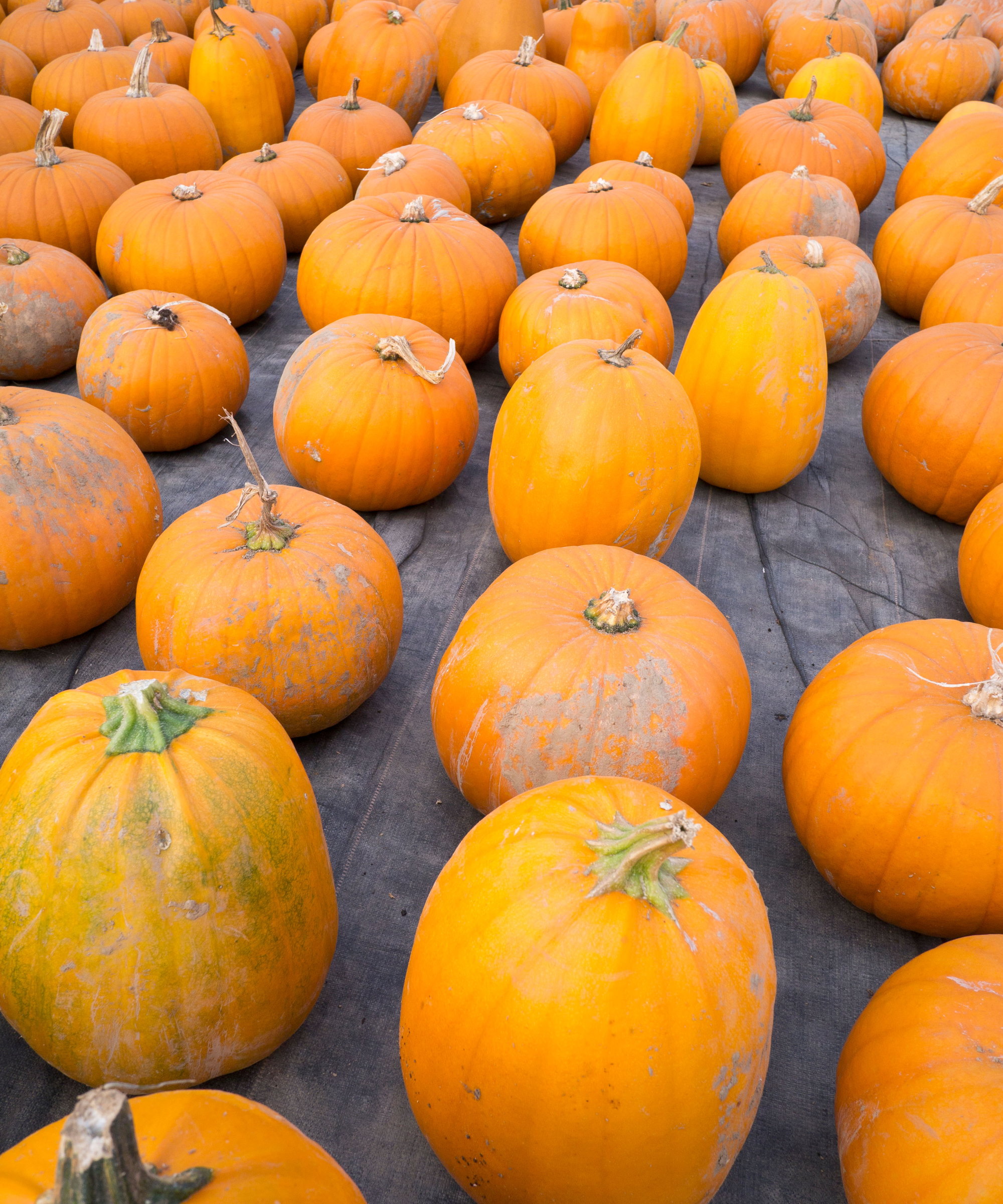
Store pumpkins off the floor and leave space between each fruit
It is vital to monitor pumpkins regularly to spot any signs of decay.
At the first sign of rot, soft spots, mold, or weeping, affected pumpkins want to be removed. They can infect others if left unchecked, so are best removed quickly. I have seen first-hand how speedily pumpkins can turn fuzzy, rot, or ooze liquid when they do start to turn, so checking at least weekly is recommended.
Just as with leftover Halloween pumpkins, fruits past their best can be used to make compost or broken up and buried around the garden to release nutrients as they decompose.
FAQs
How long will a pumpkin keep after picking?
A pumpkin can be stored for up to six months. However, it will depend on the type of pumpkin and the storage conditions. Too much warmth, cold, or moisture can all bring forward the onset of rot - reducing the storage lifespan of any pumpkin.
Is it better to store pumpkins inside or outside?
It is advisable to store pumpkins inside, somewhere dry and at a temperature of 50-60ºF. Storing pumpkins outside would leave them susceptible to cold and wet fall and winter weather and pests.
Pumpkins and winter squash have a much longer potential storage life than summer squash such as zucchini and patty pan varieties. When it comes to harvesting summer squash, they should be picked as needed throughout the summer, as they can only be stored for around 4-5 days afterwards.

Drew has worked as a writer since 2008 and was also a professional gardener for many years. As a trained horticulturist, he worked in prestigious historic gardens, including Hanbury Hall and the world-famous Hidcote Manor Garden. He also spent time as a specialist kitchen gardener at Soho Farmhouse and Netherby Hall, where he grew vegetables, fruit, herbs, and cut flowers for restaurants. Drew has written for numerous print and online publications and is an allotment holder and garden blogger. He is shortlisted for the Digital Gardening Writer of the Year at the 2025 Garden Media Guild Awards.
